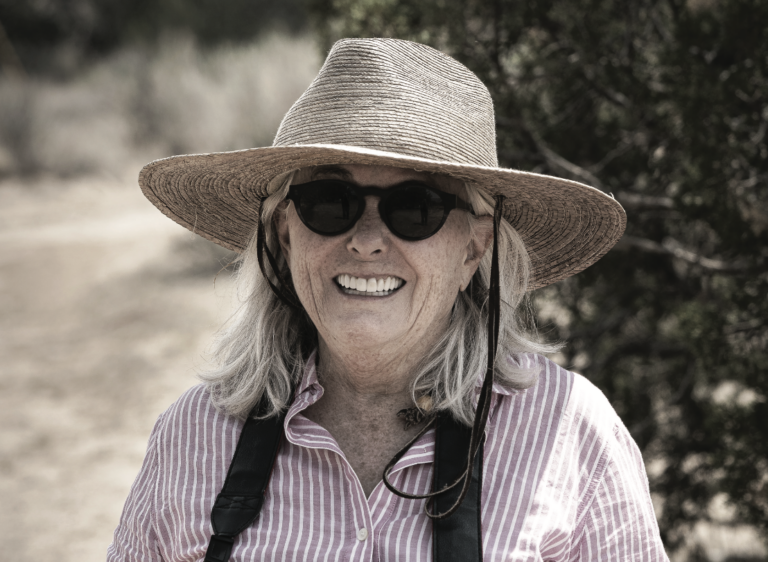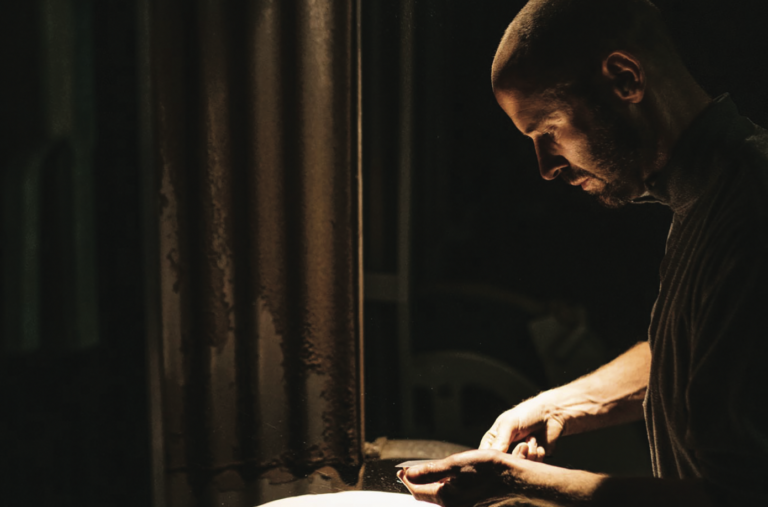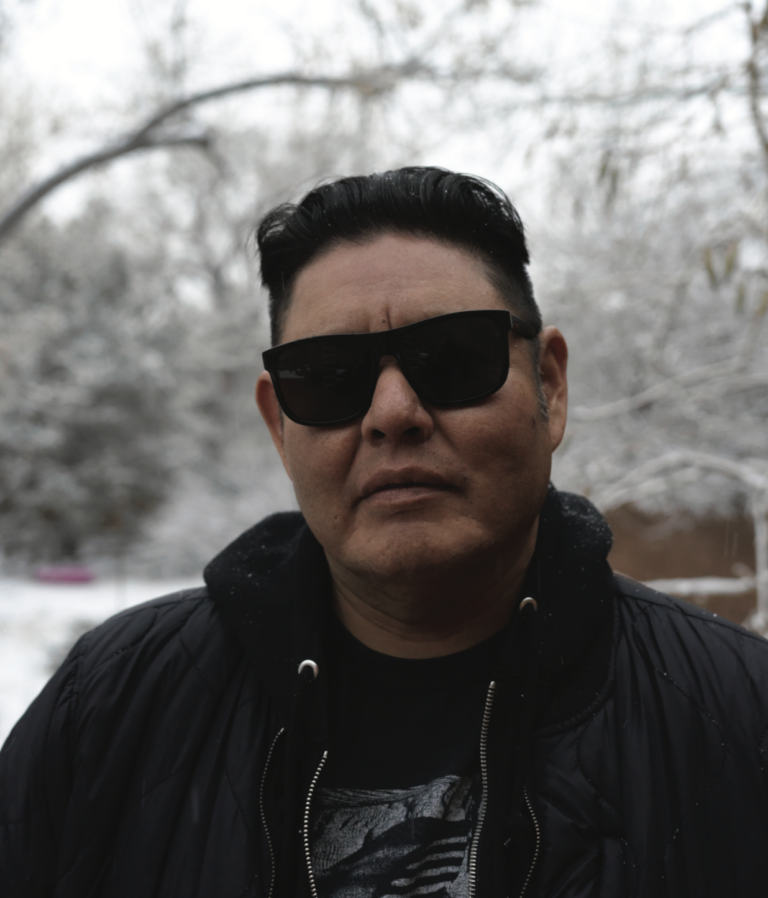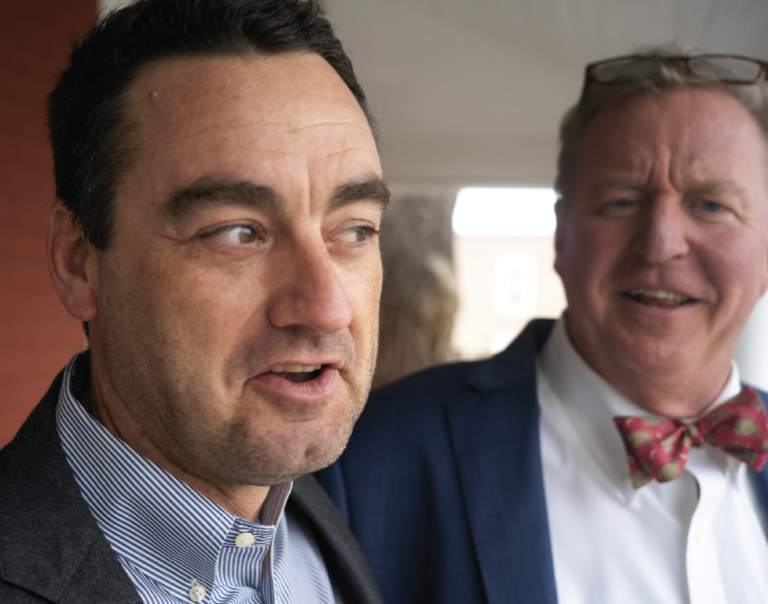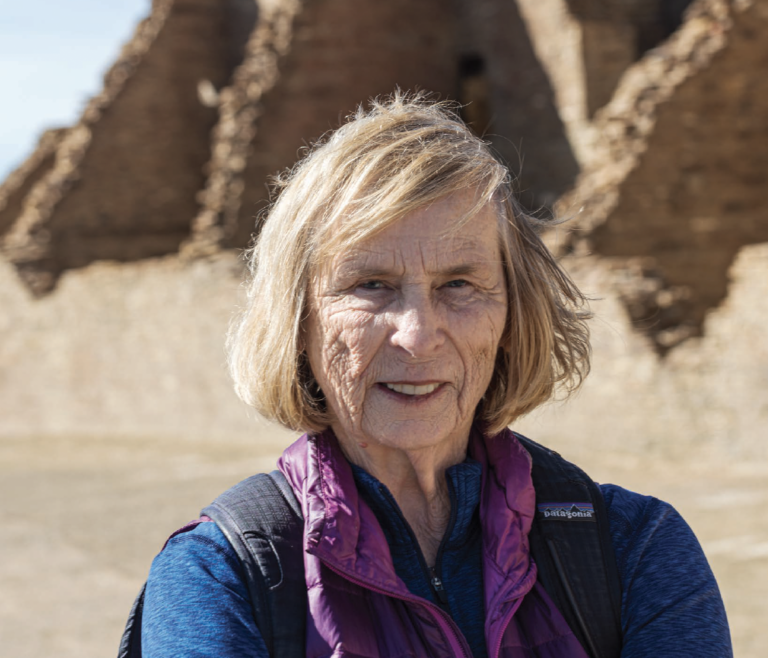MICHAEL CLINTON LOOKED EXACTLY LIKE what you’d imagine the former publisher of GQ to look like. But there was something else there – maybe because he is 35 years older than he was when he was the second youngest magazine publisher in the country. He looks good: amused, flush from a run or something.
Michael ended up having a box seat as president of Hearst, one of the largestmagazine publishers in the country. As a kind of corporate perk, he got to observe – at both granular and macro levels – the times, the tastes, the loves, and the hates of a large portion of the magazine-reading public. And in that magazine heyday, that was a huge number of people.
So, armed with great information and his own guts, he came up with Roar, a pretty radical exploration (books, newsletter, speaking tours) on a subject as old as the hills: how to get older and get it right.
What is it about the characterization of 55-plus people that strikes you as misguided?
It’s all been based on a time when life expectancies were in the early 60s, and there was a construct built that this is what we would do when we were 60-ish: we would wrap up a career, we would retire, we would move to Florida, we would spend time with the kids, and then we would die.
It’s sort of the cultural script that was written and not challenged, updated, or modified until now. Now people who are 50-plus are rewriting the script.
But the characters in The Golden Girls were in their 50s, and you think about that – that was the image of people in their 50s. Today, the Sex and the City women are in their 50s. Jennifer Lopez, Sting, and Lenny Kravitz are all over 50 and have a completely different persona than what we saw a decade ago.
So the presentation of that demographic and psychographic has been poorly communicated?
Absolutely right. If you look at images of 50-plus people, they’re moving slowly, walking into the sunset, holding hands, contemplating the end. In media, my business, one of the issues has always been representation of older people in fashion pages. We do a pretty good job with Harper’s Bazaar and Town & Country. However, if you look at the fashion and luxury advertisers, every model is under 30.
But now you’re beginning to see little sparks of dynamic, active, tech-savvy 50-plus individuals. The youth targeting for Madison Avenue was in response to the boomers when they were young. That phenomenon has not changed. Marketers and brands still chase youth for brand-building, but what they’ve forgotten is that the bulk of the people with the spending money are the boomers. There has to be a retrofit of the youth culture and how it was created, adapting to what I’ll call “the longevity culture.” It was a slow burn that has now really taken on momentum and is beginning to go through some radical transformation.
But so much of the communication of what we laughingly call “older people” has been created using youthful images and giving older people the happy illusion that they might still be like that.
That was once the case, but now you have incredible role models of people over 50 redefining what aging means. And people are thinking, You know what, let’s stop saying 60 is the new 40, and let’s start saying 60 is the new 60, and this is what 60 can look like.
Those role models are an inspiration not only to other boomers, but also to younger generations. Gen Xers and millennials can say, Gee, that’s what I can look like and do at 70 or 75.
I’m a focus-driven, achievement-oriented kind of person, and it spills out into all aspects of my life, running marathons and constantly being on the go. When I stepped out of the day-to-day of my 40-year career, I wanted to keep going; I wanted to keep doing exciting new things. But everything that I was reading was about how I should wind down.
I ask the question, Why at 60 do we have to change our behavior or do things that, quite honestly, none of us really wants to do? Why can’t we launch a new career, why can’t we start a new family, why can’t we be entrepreneurs, or why can’t we launch a foundation? I wanna meet people who are doing things at 60, 70, even 80 that are defying the script.
There’s a whole movement happening where people are saying, I’m far from done. If I’m 60 and healthy, I could live to be 90 – and that’s a long stretch. So I can do a lot of other things.
WANT TO READ MORE? SUBSCRIBE TO SANTA FE MAGAZINE HERE!
Photo courtesy Michael Clinton



